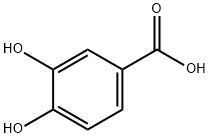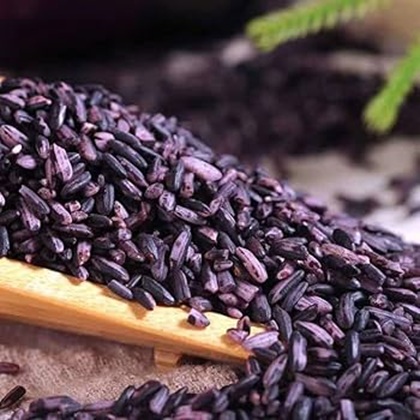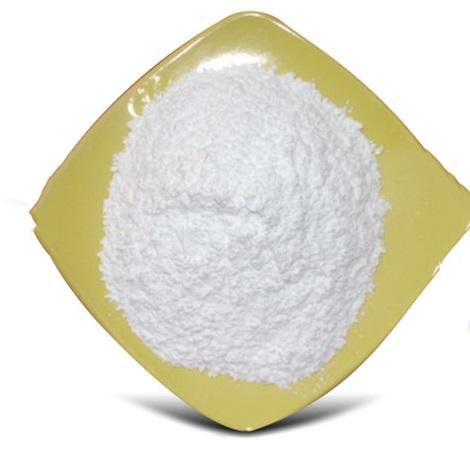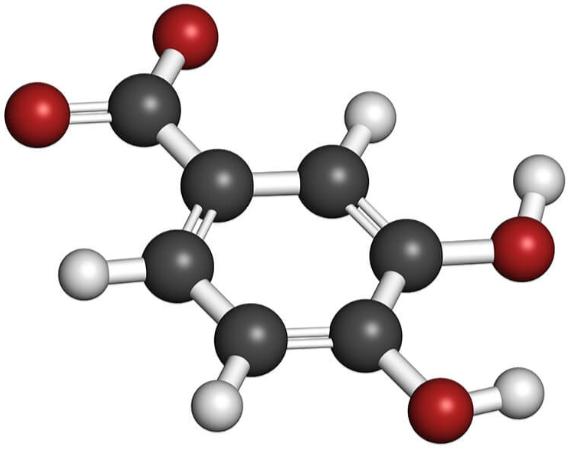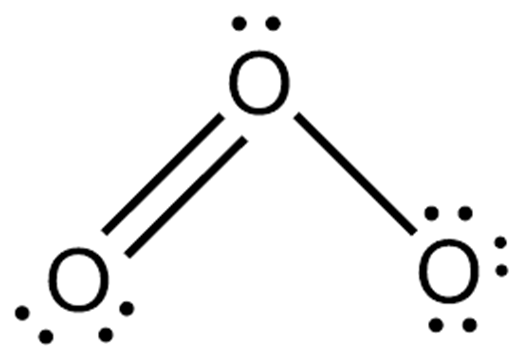The source and biological activity of Protocatechuic acid
Introduction
Protocatechuic acid (PCA), also known as 3,4-dihydroxybenzoic acid, is a dihydroxybenzoic acid, a type of phenolic acid. This compound is an organic compound with the chemical formula C7H6O4. It is a major metabolite of antioxidant polyphenols found in green tea[1].
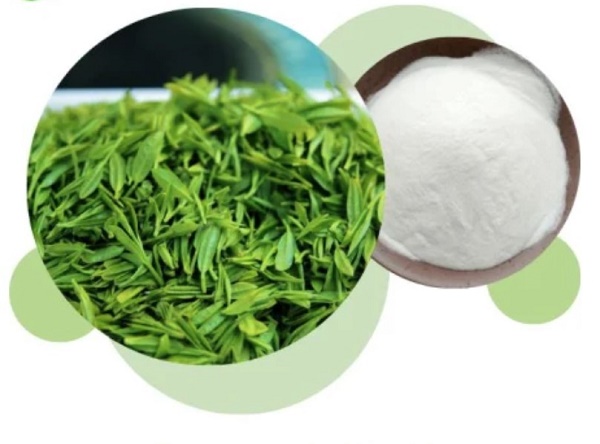
Source
Protocatechuic acid is widely distributed and present in most edible plants used in folk medicine. It is also a widespread compound in the human diet, present in bran, grain brown rice, and onion, especially in the scales. Protocatechuic acid is detected in many fruits, such as plums, gooseberries, grapes, nuts, and almonds. It is present in products of plant origin, such as olive oil or white wine. Protocatechuic acid is also found in many plants and spices, such as star anise, melissa, medical rosemary, cynamonowa, Hibiscus sabdariffa (roselle), Eucommia ulmoides (du-zhong), and Citrus microcarpa Bunge (calamondin). PCA content varies considerably depending on the type of food[2].
Biological activity
PCA has been reported for its potential action such as antioxidant activity, antibacterial activity, anticancer activity, antiulcer activity, antidiabetic activity, antiageing activity, antifibrotic activity, antiviral activity, anti-inflammatory activity, analgesic activity, antiatherosclerotic activity, cardiac activity, hepatoprotective activity, neurological and nephroprotective activity.
Protocatechuic acid inhibited low-density lipoprotein (LDL) oxidation mediated by macrophage in an in vitro cell model. PCA reduced monocyte adhesion and NF-κB activation in vitro, decreased VCAM-1 and ICAM-1 in vitro and in vivo, and inhibited the formation of early atherosclerotic lesions in the ApoE-deficient mouse model.PCA treatment significantly lowered serum marker enzymes and liver antioxidants of diabetic rats in inflammatory conditions[3]. Furthermore, it also reduced plasma C-reactive proteins and von Willebrand factor levels, interleukin-6, tumor necrosis factor-α, and monocyte chemoattractant protein-1 levels in heart and kidney.
References
[1] Yoswaris Semaming. "Pharmacological properties of protocatechuic Acid and its potential roles as complementary medicine." Evidence-based Complementary and Alternative Medicine (2015): 593902.
[2] Kakkar, Sahil, and S. Bais. "A Review on Protocatechuic Acid and Its Pharmacological Potential." Isrn Pharmacology 2014(2014):952943.
[3] Gunawardena, Dhanushka, S. Govindaraghavan, and Gerald Münch. "Anti-inflammatory properties of cinnamon polyphenols and their monomeric precursors." Polyphenols in Human Health and Disease. (2014).
You may like
Related articles And Qustion
See also
Lastest Price from Protocatechuic acid manufacturers

US $0.00/KG2025-04-21
- CAS:
- 99-50-3
- Min. Order:
- 1KG
- Purity:
- 99.0%
- Supply Ability:
- 500kg/month

US $0.00/Kg/Drum2025-04-21
- CAS:
- 99-50-3
- Min. Order:
- 1KG
- Purity:
- 99%
- Supply Ability:
- 200mt/year
